From Book Arts to Back Roads

Sometime in the late 1980’s I came up with an unusual art book idea, and when a dear, older friend (who had created his own art book) heard about it, he encouraged me to send a proposal to his publisher, Buddhist-oriented Shambhala Publications in Boston.
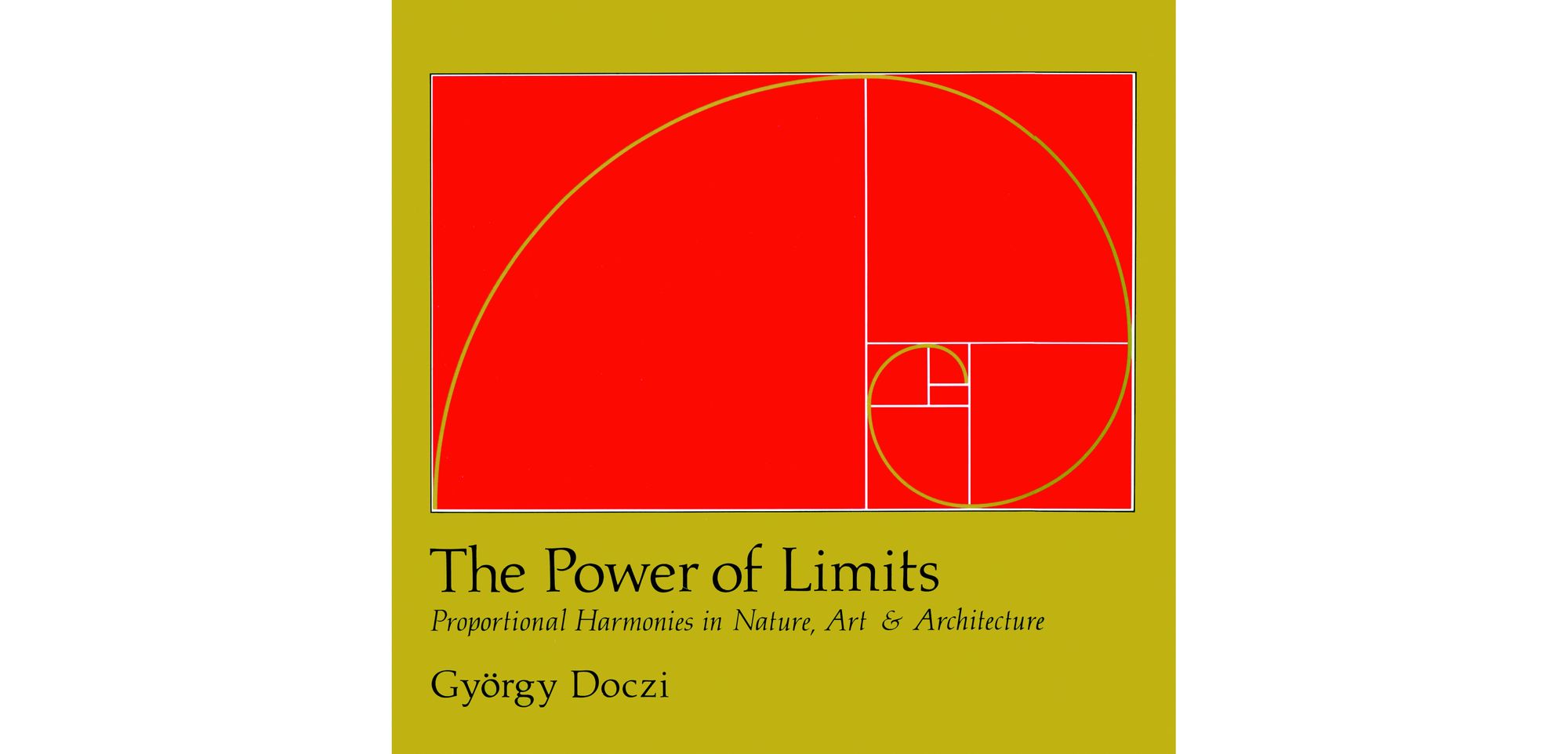
Inspired by an old and beautiful fig tree that lived in my Seattle backyard, I began work on a series of seventeen interrelated color drawings meant to document the tree’s growth over a year of careful observation. But halfway through my visual investigation, a more contemplative component of the tree’s inner life became much more apparent, and the drawings began to reflect more abstract and ethereal qualities.
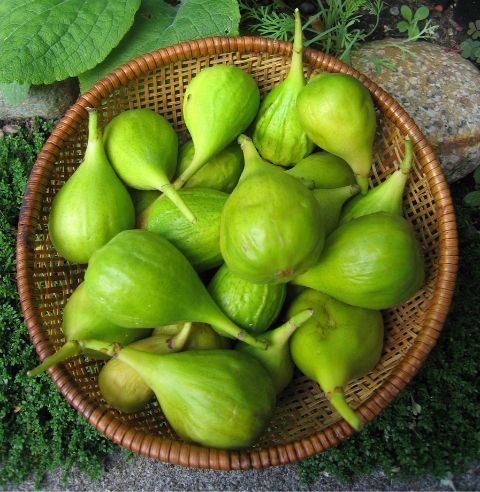
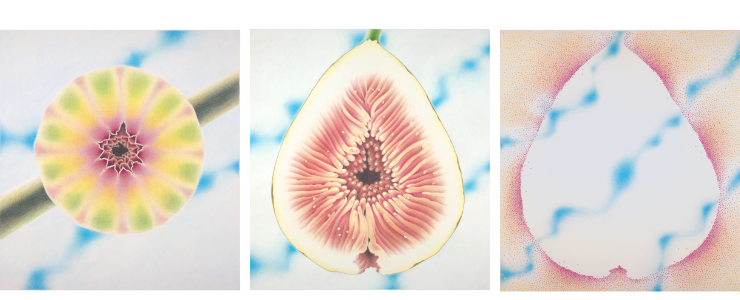
When the drawings were complete, I discovered an ancient symbol known as the Tree of Life in a book I was reading and learned that the symbolic Tree always represents the creative forces of the universe and the cycles of life that surround and sustain us all. It was a complete surprise to realize that with no previous knowledge of this symbol or its meaning, I had unconsciously created my own interpretation of the same story that visionary artists from diverse cultures and spiritual traditions have told and retold for thousands of years.
I visualized my drawings in a small and simple children’s picture book format, accompanied by a brief introduction and a few minimalist quotes taken from my self-directed readings of Chinese art history and philosophy. One of the first quotes summed up the book’s overall theme:
The artist’s purpose is to transmit the spirit. People believe that they alone have spirit. They do not realize that everything has spirit.
— Teng Shun, scholar, China, 12th century
It didn’t take long to package my book mock-up and mail it to the East Coast, “brave as a postage stamp crossing the ocean”—a descriptive phrase that one of my former art mentors liked to share. I knew that with my book’s obscure “niche” identity, it might be a hard sell. To my surprise, Shambhala wrote back right away but included a cautionary preface:
It is very unusual for us to even consider publishing a book like yours.
Nevertheless, they were intrigued and interested.
Since color printing was expensive in that pre-digital era, Shambhala’s marketing plan was to interest similar publishers in other countries to co-publish my book with them, sharing the costs of one printing of the color plates, with the minimalist text elements executed in each co-partner’s language for their own distribution. The editor overseeing my submission asked me to sign an exclusive agreement that would allow Shambhala six months to explore feasibility with these potential foreign co-publishers. But it took very little time for them to write back saying that their well-intentioned and collaborative idea would not work. They wished me well.
And I was again a mostly invisible artist. One door had closed, but another door would soon open in the future.
When the early 2000’s arrived, I was teaching art/nature workshops and retreats, and students always asked if I had a book of my work that they could buy.
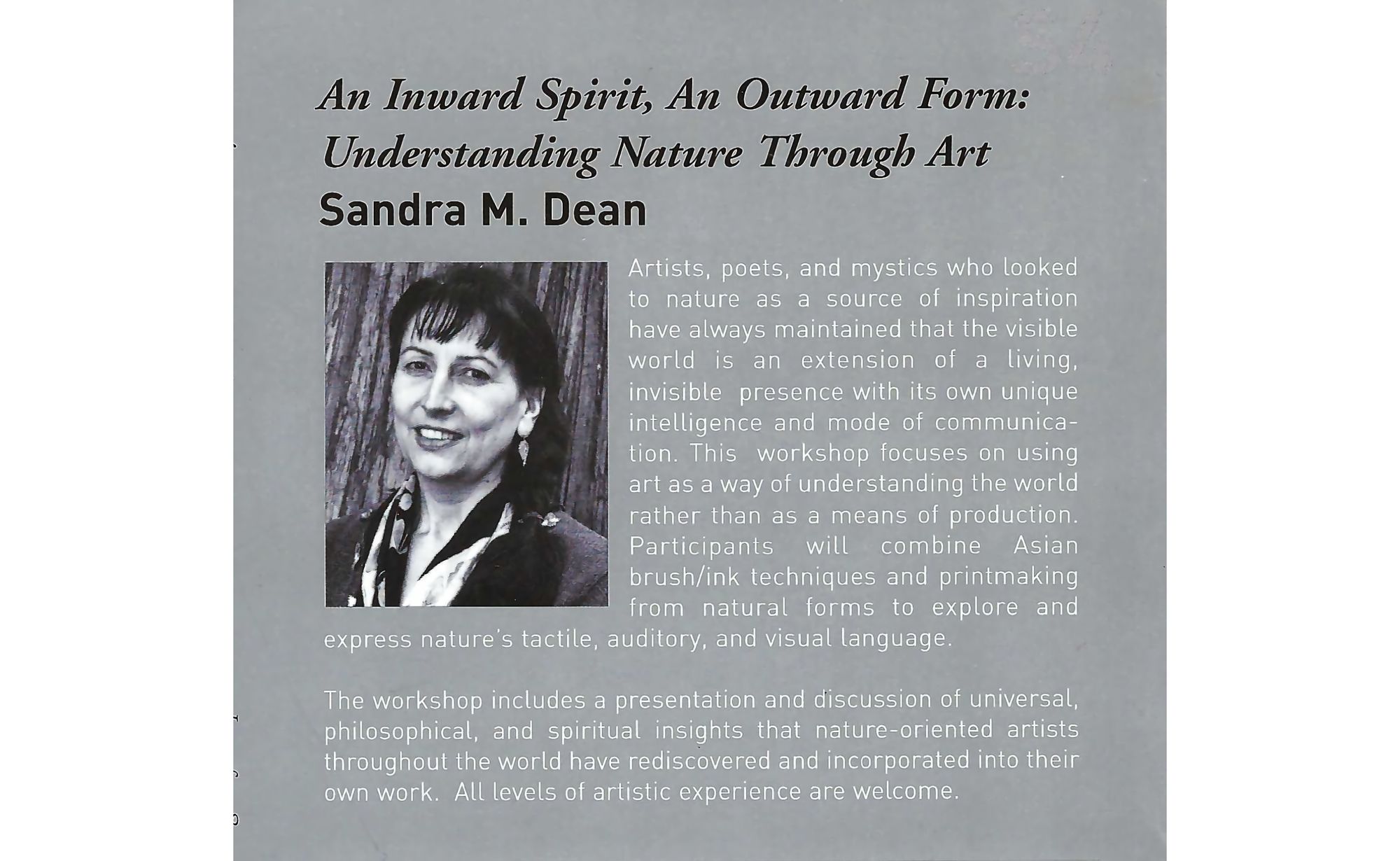
I decided to address my students’ inquiries by revising my original book idea with self-publication in the back of my mind. I began spending nearly every weekend with a notebook in hand, poring over art books at the Seattle Art Museum and other bookstores and keeping a detailed list of the design companies that were creating the most beautiful combinations of art, type fonts and layouts.
My notes kept directing me to one company whose design work was clean, understated, and alive. Their books included luxurious, museum quality volumes as well as smaller, high-quality catalogs for gallery exhibits. The name of the company was Marquand Books, and when I looked up their location, I found that their office was in Seattle, where I lived. Their website listed consultation services as one of their offerings and since that was what I needed, I contacted the owner and head designer Ed Marquand, and we made an appointment to meet the next day.
With samples of my original art laid out on the worktable, Ed and I discussed various options for going forward, including the possibility of self-publishing under his company’s direction. Since my previous research had already shown me too many examples of poor quality and lifeless books produced by questionable self-publication sources, I was relieved to see that Ed’s design sketches for the proposed layout clearly reflected the open, rhythmic, and flowing quality of my original art, as well as the subdued eloquence of the accompanying minimalist quotes.
After several more discussions and a final inquiry to Shambhala Publications just to be safe, Ed and I agreed to do a printing of my book from his company’s design, and A Tree of Life was born in 2004.
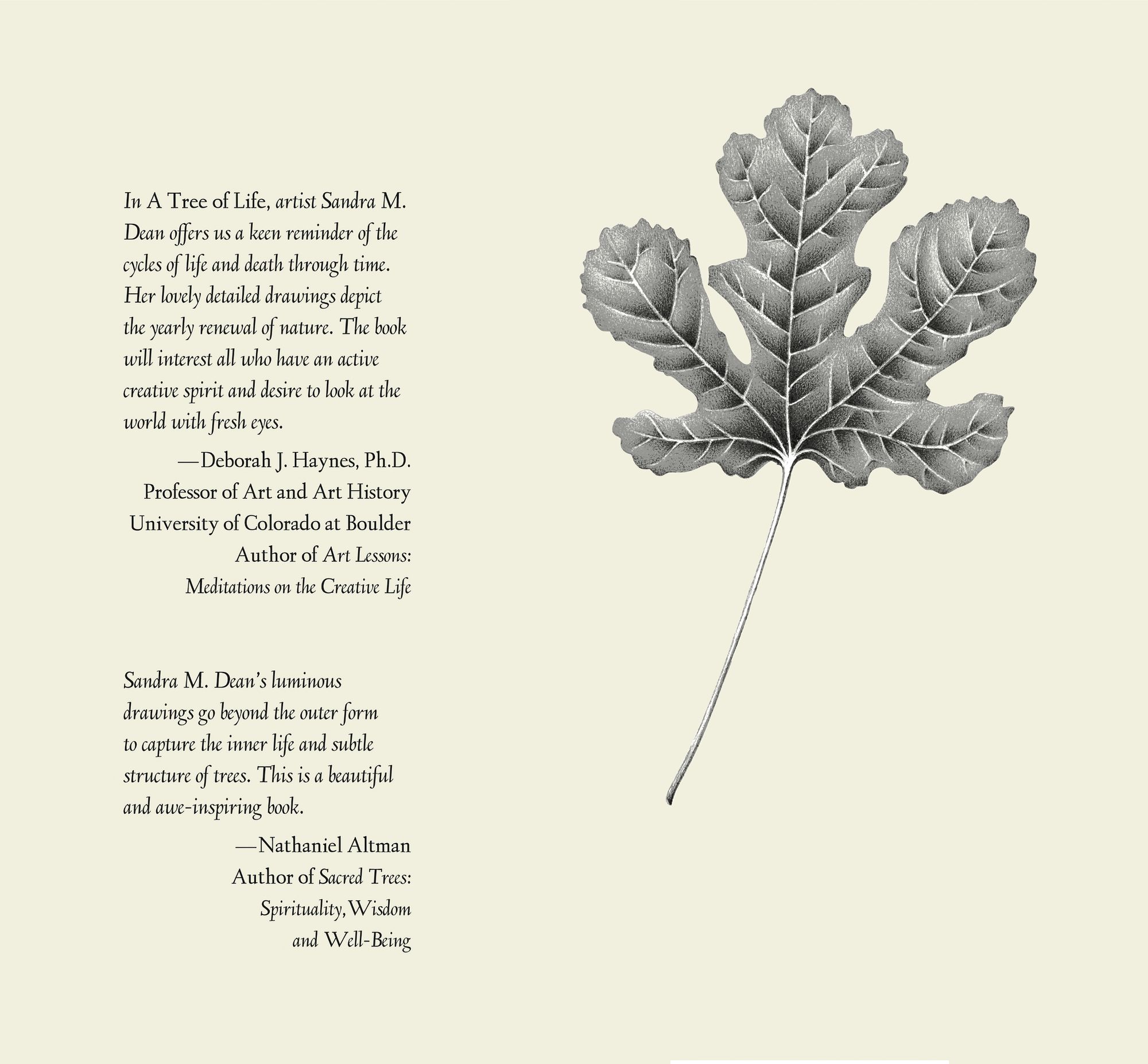
My book provided the perfect complement to a multimedia presentation titled Trees of Life that I had already created, which illuminates the background of Tree of Life imagery in world art, mythology, and religions. I offered the presentation and the book together as an educational resource for my art and nature workshops, bookstores, libraries, and retreat centers. I didn’t receive invitations to appear on commercial media talk shows, but I enjoyed making my artistic research and insights available for smaller audiences that appreciated and understood my work.
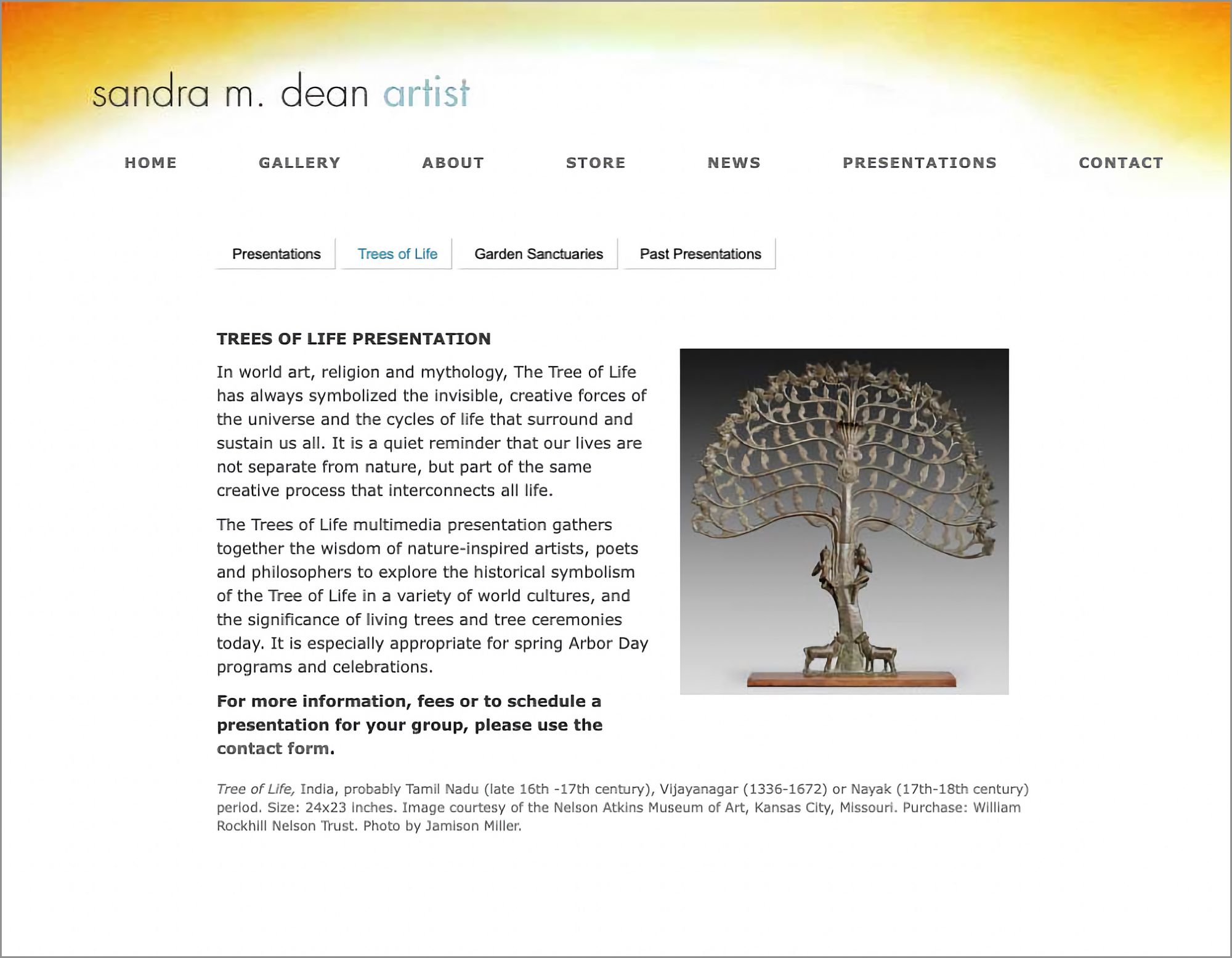
In April of 2007, I received a surprise email from book designer Ed Marquand that opened with breathtaking photos of spiral design orchard plantings surrounded by rolling, sculpted hills.
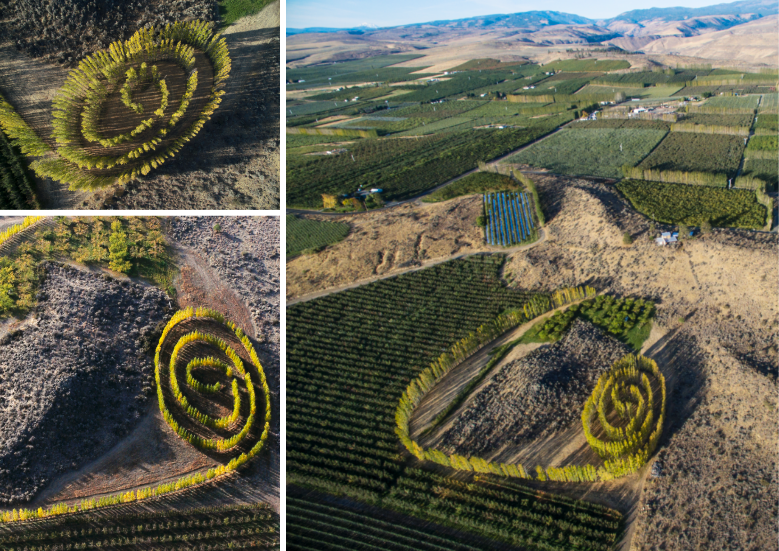
Ed sent his email to artists and other creative adventurers he knew and included information about a unique development project he had initiated in a small, Central Washington town called Tieton. The project included sales of 14 live/work lofts, newly built inside an old, previously shuttered fruit processing warehouse.
The unusual residences—perfect for “artistic pioneers”—were named the “Tieton Lofts”, and an Open House informational gathering for interested parties had already been planned to take place in the town. A light lunch would be provided, followed by an in-person tour of the town and the new Lofts building.
For years, after reading an article about an unconventional cabin that was featured in my 1993 Sunset magazine, I’d been longing to relocate to a more rural environment with sun. Ed’s email announcement revived my dream. I was a nature-based artist after all. Maybe this unexpected Loft opportunity would be perfect. So I replied to Ed saying I was interested in “learning more” and immediately signed up to attend the Open House.
The back story of Ed Marquand’s discovery of Tieton has become a local folk legend—told and retold over many years: Seattle art book designer has flat tire on exploratory bicycle ride through a tiny, agricultural, Central Washington town perched on a plateau above the Naches River. While waiting for tire repair, he notices several well-built but vacant pre-mid-century retail buildings and warehouses in town and immediately sees that several of these buildings could be repurposed as event spaces, commercial and retail facilities, or unique and affordable living accommodations for artists and other creative entrepreneurs. Finally, in the spring of 2007 he had tangible results to share.

But how to make a pitch to his closest artist and artisan friends to get involved even before the planned Tieton Open House was organized? By hosting a series of lively, informational “early bird” gatherings that introduced his unusual vision of course!
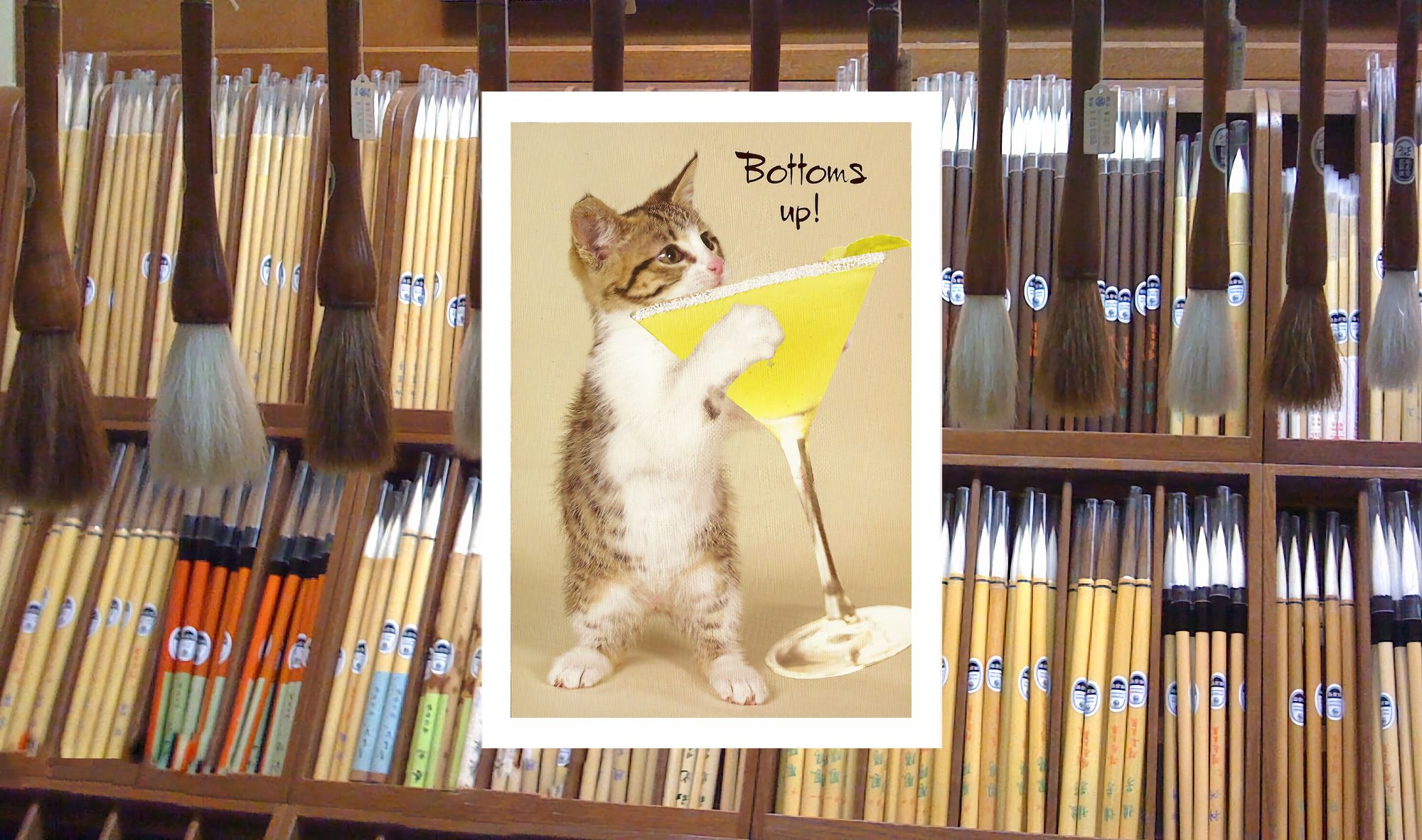
It didn’t take long to stir up a feeding frenzy of interest at these high-spirited, artistic soirees. And when the subject of artist housing came up for discussion, one of Ed’s long-time architect friends announced that he had already identified a specific, sturdy, former fruit processing warehouse as the most logical choice for this development. He followed up by saying that he wanted to design it. And he did.
Once his plans for the “Tieton Lofts” were available for review, the “early birds” immediately reserved 12 of the 14 units for purchase.
I was a late arrival to the Loft purchase scenario, but during the in-person tour of the building that followed the participants’ group lunch, I found out that one of Ed’s friends had cancelled her reservation for the loft I had marked in my mind as my first choice. Now it was available, and as I stood in the unfinished Unit 8 Loft space thinking about this new opportunity for my future—thanks to a modest inheritance I received from my ironworker father—one of my silent, intuitive directives became active again. It said, “just buy it.” And I did.
Soon, I was the proud owner of a coveted SE corner Loft with 14-foot high ceilings and large industrial windows on two sides, perfect for art making. And the final perk was that it was much less expensive than anything I could buy in Seattle.
The photo below shows my Unit 8 palace in its original “historical” state, before I arrived at the Open House to look it over in its cleaned up, build-out stage.

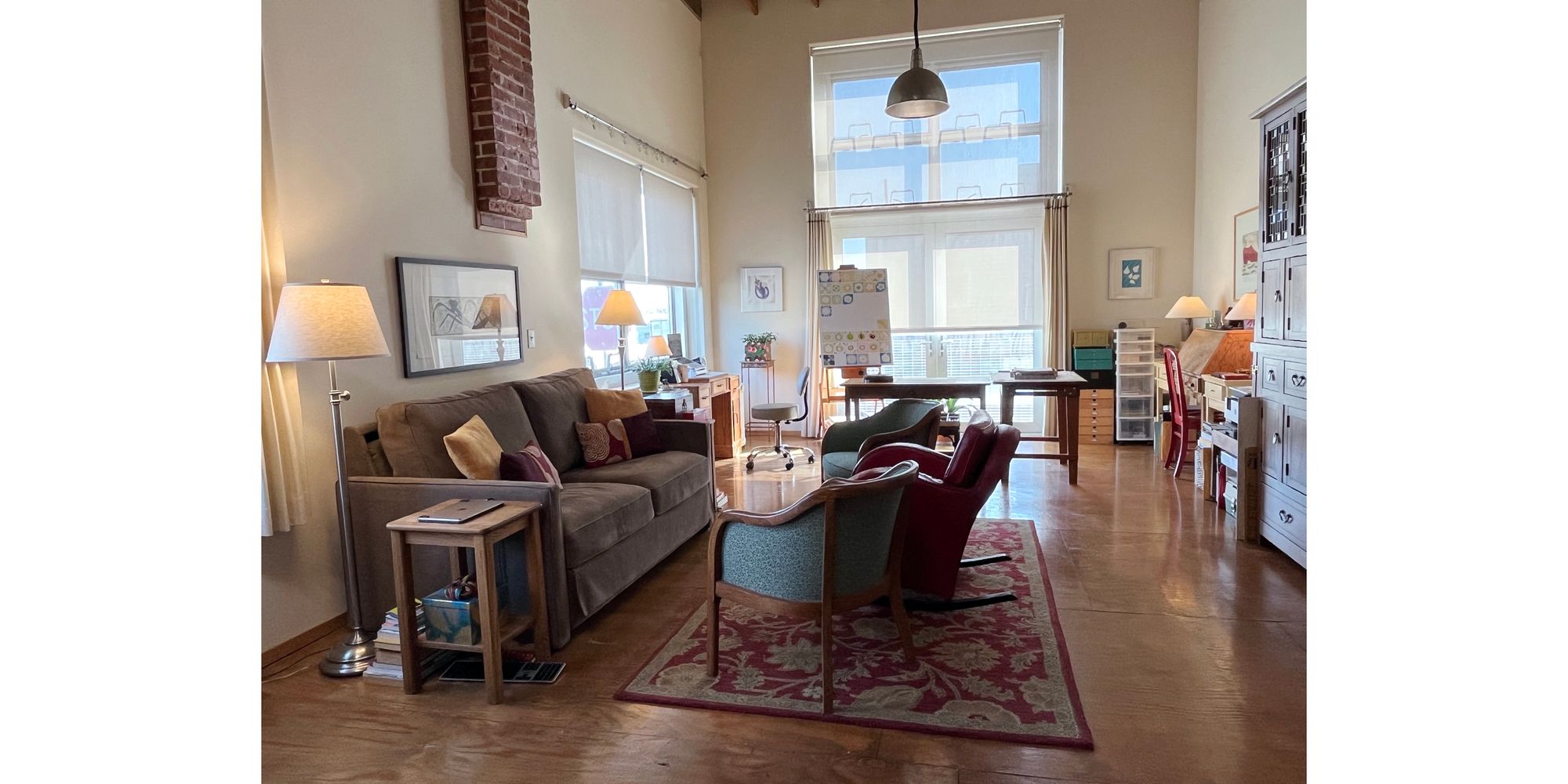
My next destination on the Tieton Lofts building tour was a visit to the gallery space that the architect had installed instead of two more living units. I liked the idea that this welcoming heart of the building provided a flexible common area that would encourage convivial interchange and the sharing of art exhibits created by Lofts residents.
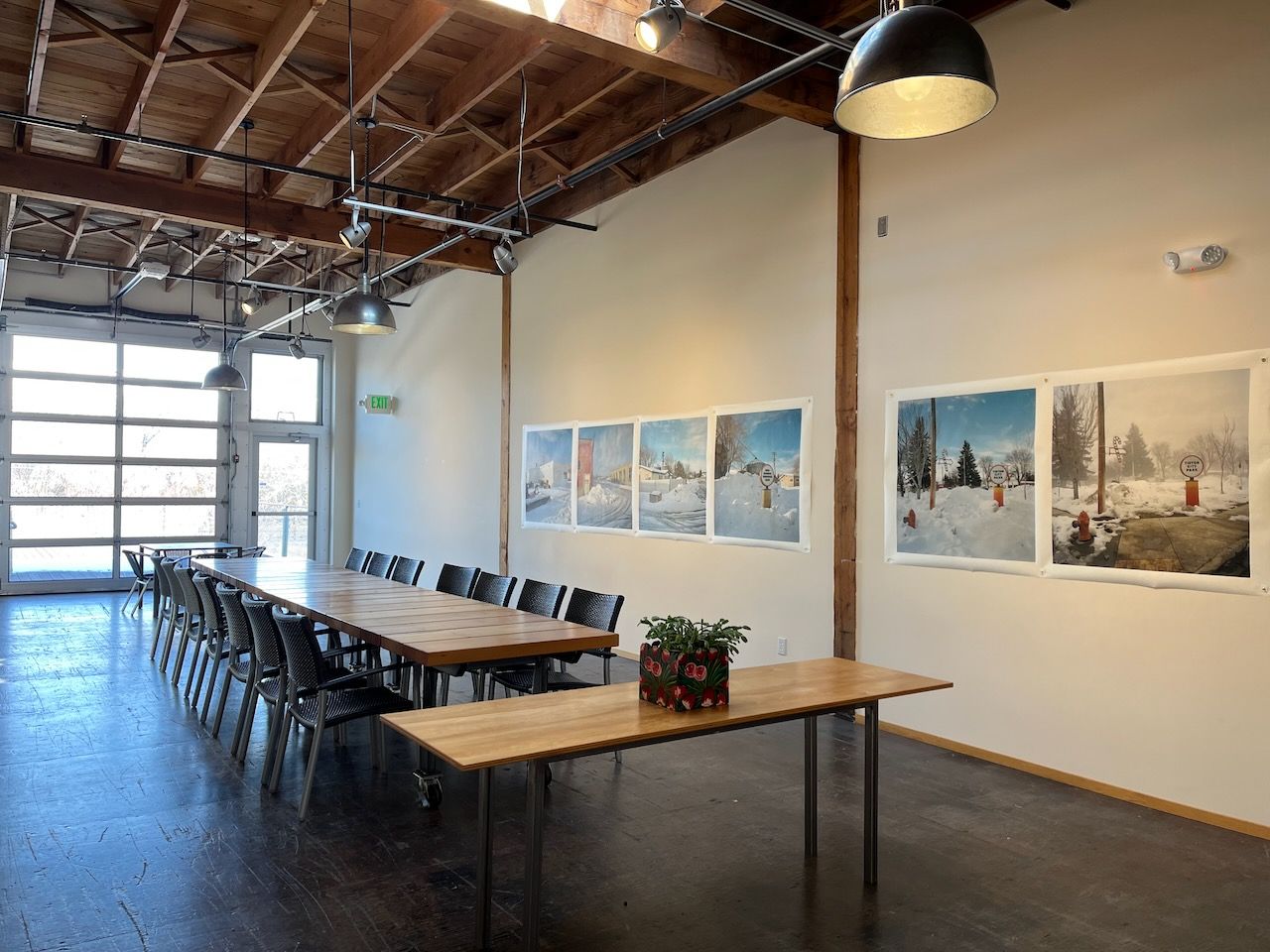
I especially loved the two large-windowed, retractable garage doors installed on each end of the gallery’s wide central arm, which opened in warm weather to the back orchard and a view of nearby Cleman Mountain. The gallery’s industrial, windowed doors reminded me again of the “dream cabin” photo I had seen in my old Sunset magazine, that showed how the entire eastern “wall” of the tiny cabin could be completely opened to views of the mountains outside via two 10-foot-high sliding glass doors. I was happy to see that another version of this same open-to-nature idea had been replicated in my new, Tieton living space.
Once we “artistic pioneers” were settled into our new Loft homes, it was time to celebrate our collective progress by organizing a dance party and catered dinner in the big, Mighty Tieton warehouse.
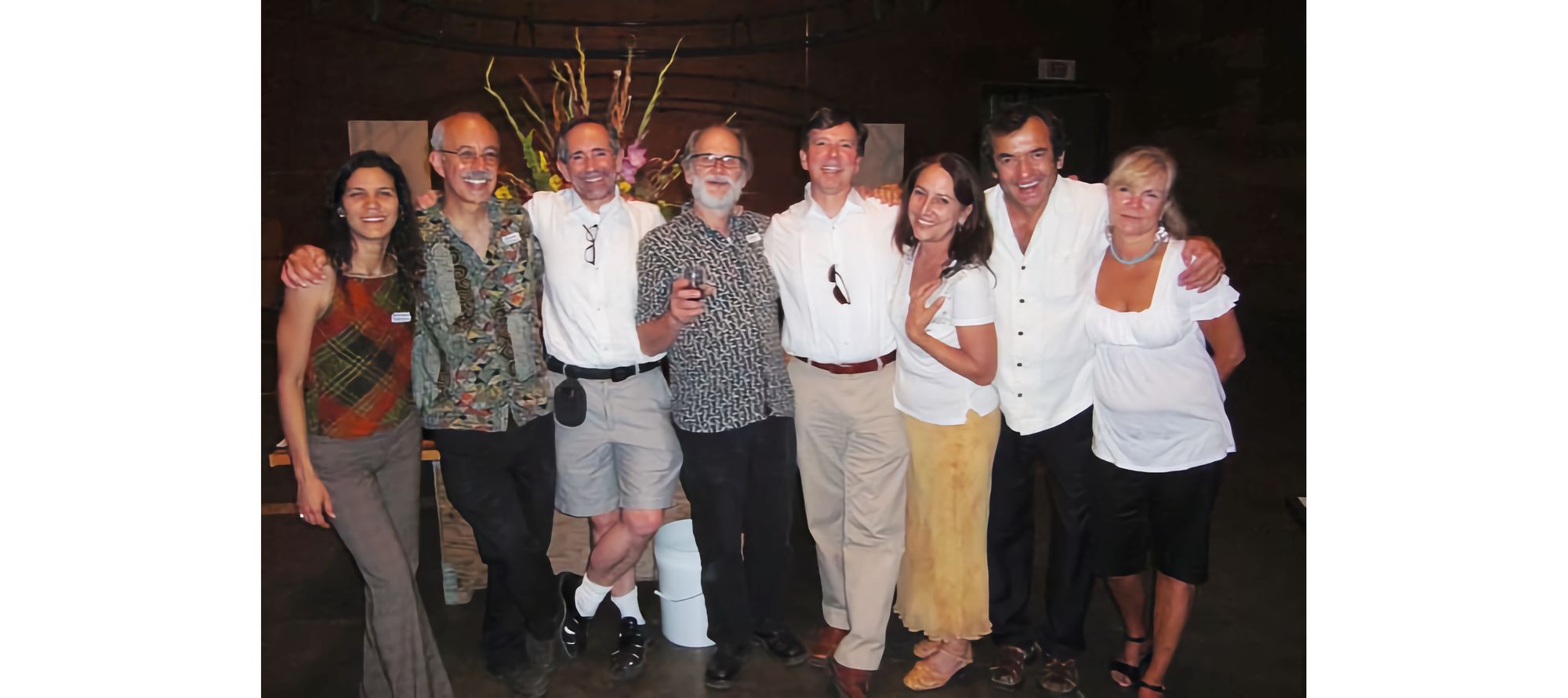
From left to right the party organizers (turned clean-up crew in the photo above) included cumbia dance teacher Delia Pinto-Santini, Tieton pioneer David Bilides, Mighty Tieton founder Ed Marquand, sound artist Trimpin, co-founder of the Mighty Tieton adventure Mike Longyear, artist Sandra Dean, chef Sedat Uysal, and catering partner Julie Leavenworth.
Everyone pitched in to help clean up, and by midnight, the hall was sparkling again.
One of the first things that Ed Marquand did at the beginning of Tieton’s early reinvention was to establish a local book arts outpost of his Paper Hammer design facility in Seattle. For the Tieton branch, he added in the capability of fabricating handmade books and gift items that made use of the vintage letterpress machines that he had sourced. Eventually, Ed trained several talented Tieton residents as book-making assistants. It was something new and helpful for the town economy, and a creative win/win endeavor for everyone involved.
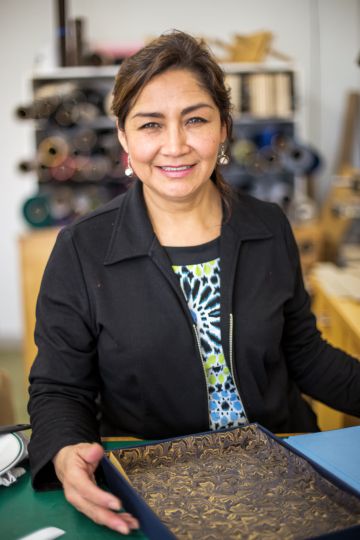
A printmaking facility was also added into the early mix of local, art-based businesses. It was named Goathead Press in honor of “goatheads,” the ire-inducing local plants whose dried, sharply pointed seed heads routinely punctured passing bicycle tires. Goatheads were the villains that had pierced Ed Marquand’s bicycle tire in 2007—and inadvertently generated a cascade of creative ideas that were later transformed into reality.
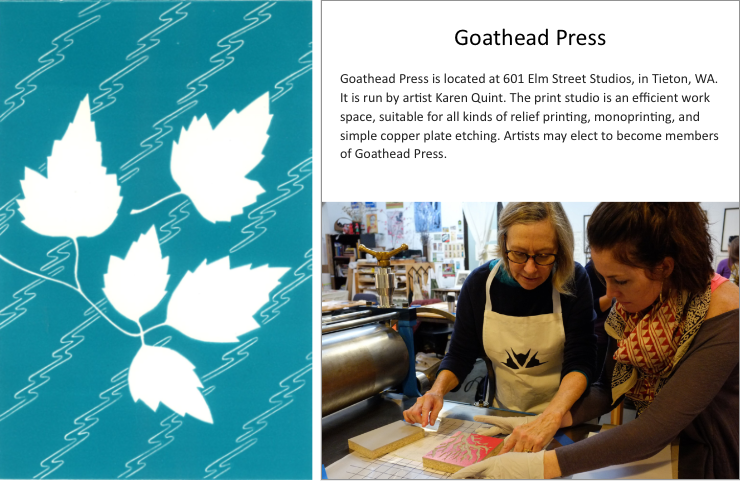
These early, artist-influenced enterprises and the ones that followed strengthened Tieton’s growing identity as a welcoming incubator for both artisan businesses and community-minded projects. The success stories that followed proved that by welcoming innovative ideas, valuing the unique talents and abilities of others, and bringing together many hands from different backgrounds to work towards inspiring common goals, small towns can reap enormous economic and cultural benefits while preserving the best elements of their non-urban daily lives.
I’m grateful that the uncanny synchronicity of my long-ago book arts dream—combined with the future creative collaborations that it generated—eventually brought me to Central Washington. I’m here on these backroads now to add my own artistic expansion to the mix of inspiring accomplishments that Tieton’s “small but mighty” presence continues to activate and fulfill.
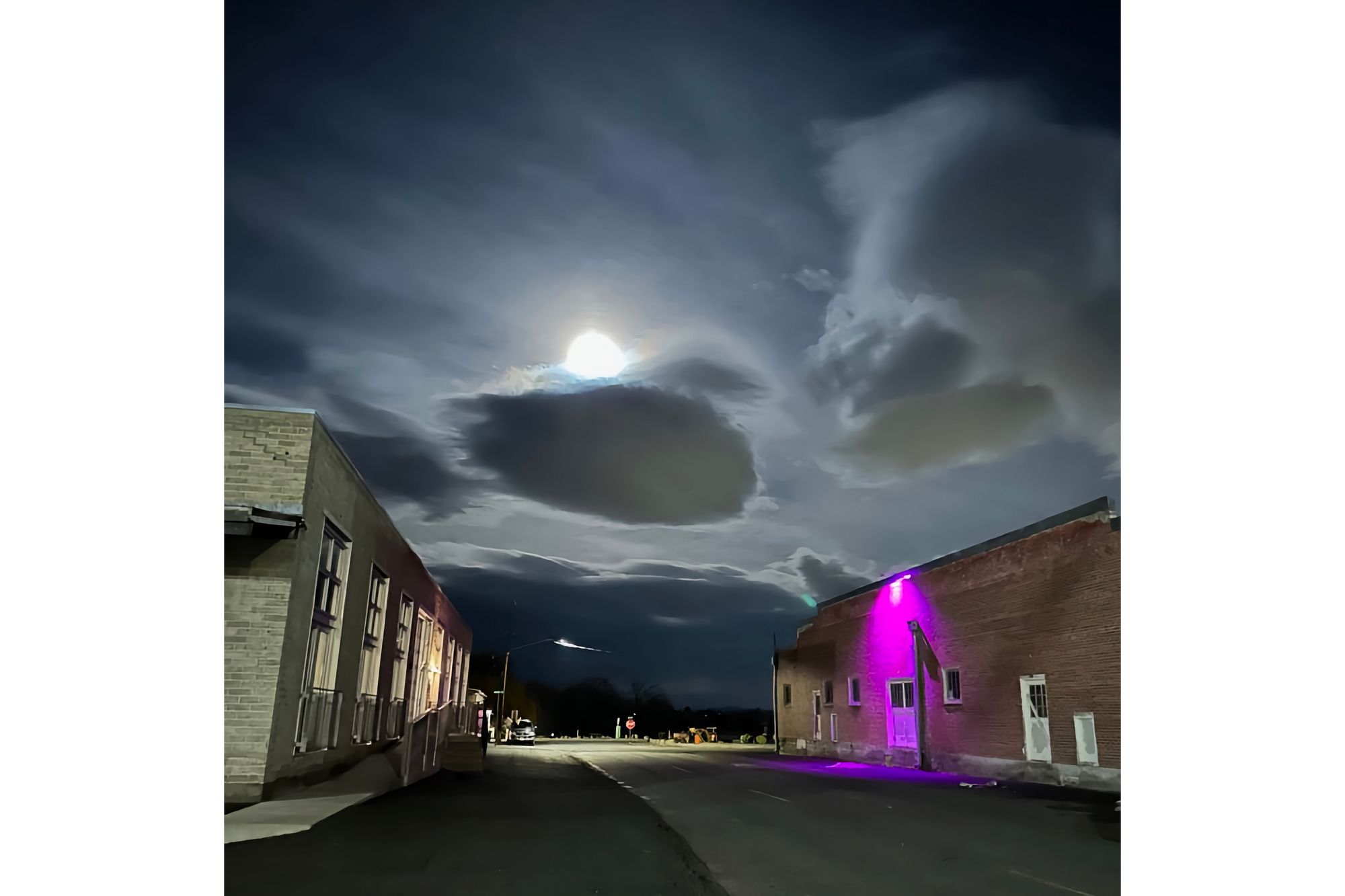
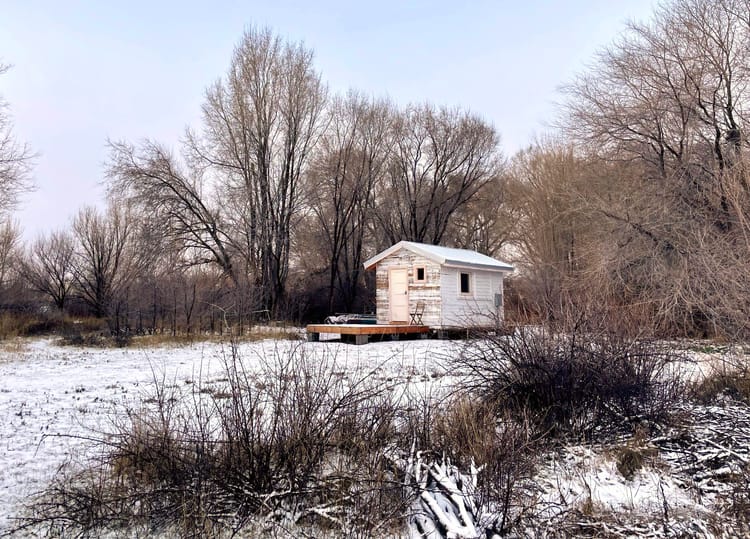
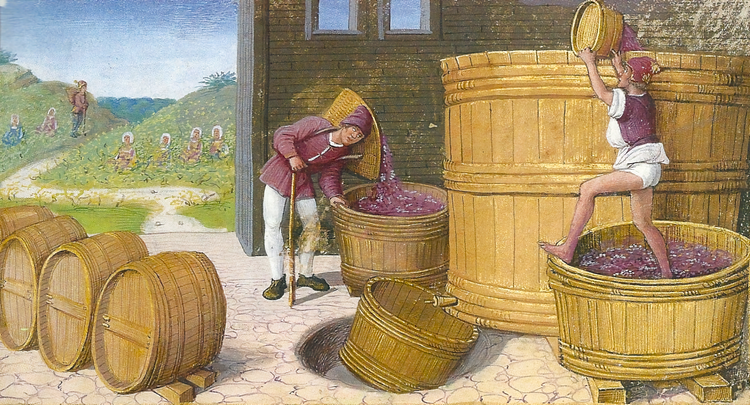


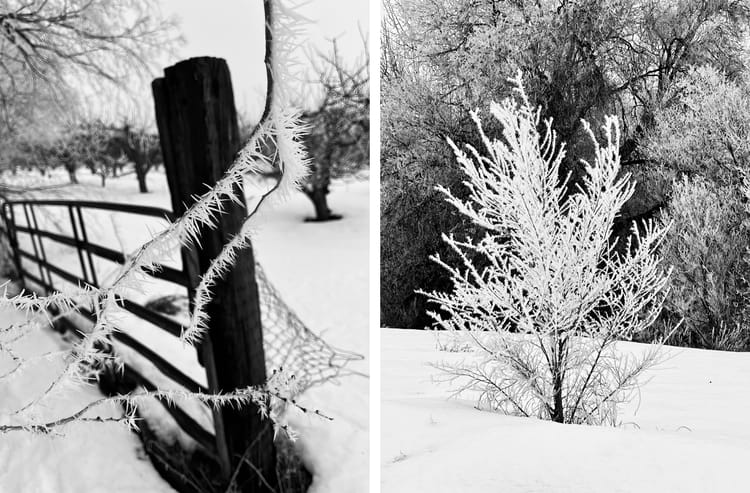
Member discussion